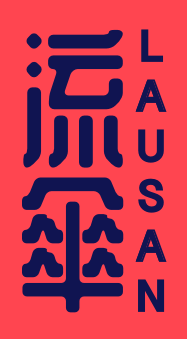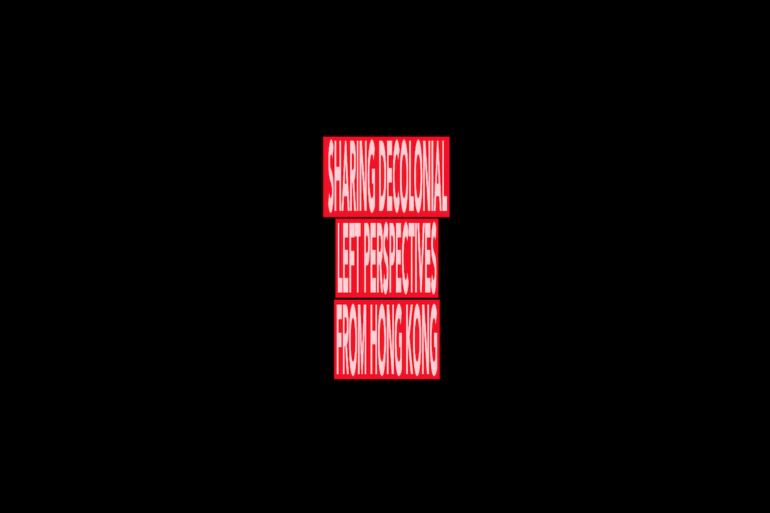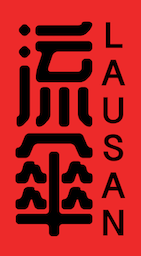Though several of these articles were published in 2020, their place on this list attests to the continuing—and, in many ways, worsening—conditions that our authors and contributors originally analyzed. Only continued analysis and action can undo these structures of oppression.
Our global editorial vision has resulted in 55 published articles in 2021, which we could not have accomplished without the collaborative generosity of dozens of brilliant writers, translators, and activists. Here are the 5 most-read articles of the year.
5. How China’s ‘Xinjiang Mode’ draws from US, British, and Israeli counterinsurgency strategy
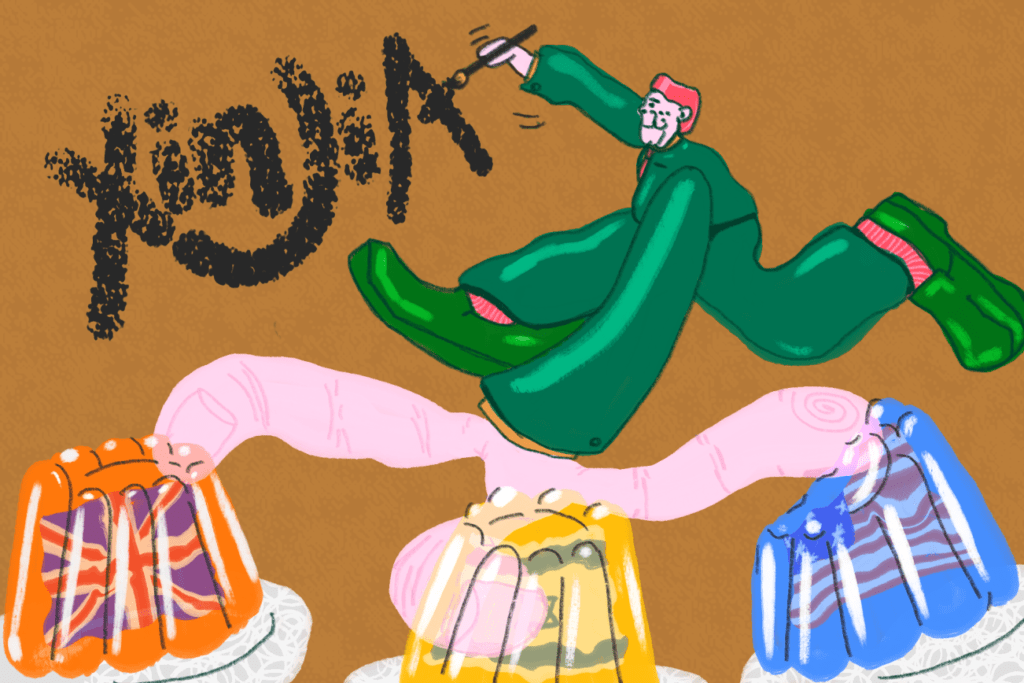
In November 2016, a new article appeared, written by Wang Ding and Shan Dan—theorists in a local Xinjiang police academy. The authors argued that the model of preventative policing that other policing theorists had proposed needed to be adapted in an explicit “Xinjiang Mode” (新疆模式) that would not only transform religion, but also lead to a “deep fusion” (深度融合) of Turkic minorities into Chinese culture. They wrote that this new model would combine the full-spectrum intelligence “war mode” (战争模式) used by the US Army with a “criminal mode” (犯罪模式) aimed at eradicating the root of terrorism—i.e. “extremist” religious ideology.
4. Who are the Chinese ‘left’ nationalists?
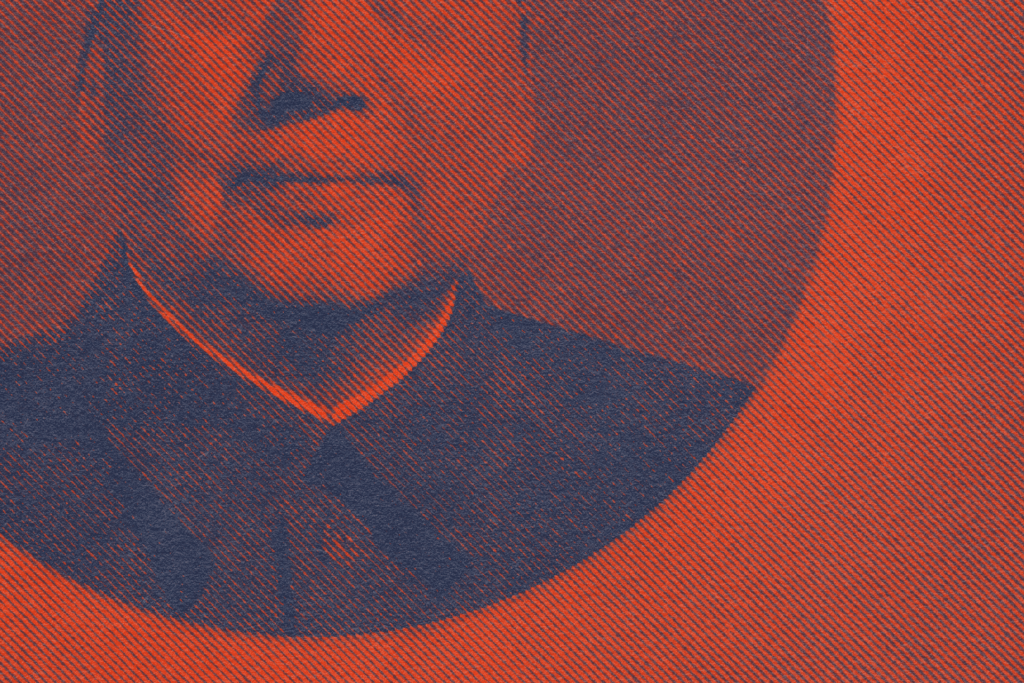
There has been increased attention to how some Chinese intellectuals have demonstrated a strong interest in the work of Nazi thinkers, such as the German jurist Carl Schmitt. For them, Schmitt’s appeal is rooted in his ideas about anti-individualism, the primacy of the state, and the defense of centralizing state power in the hands of a singular leader figure.
Read this article in Chinese.
3. When communists crushed the international workers’ movement
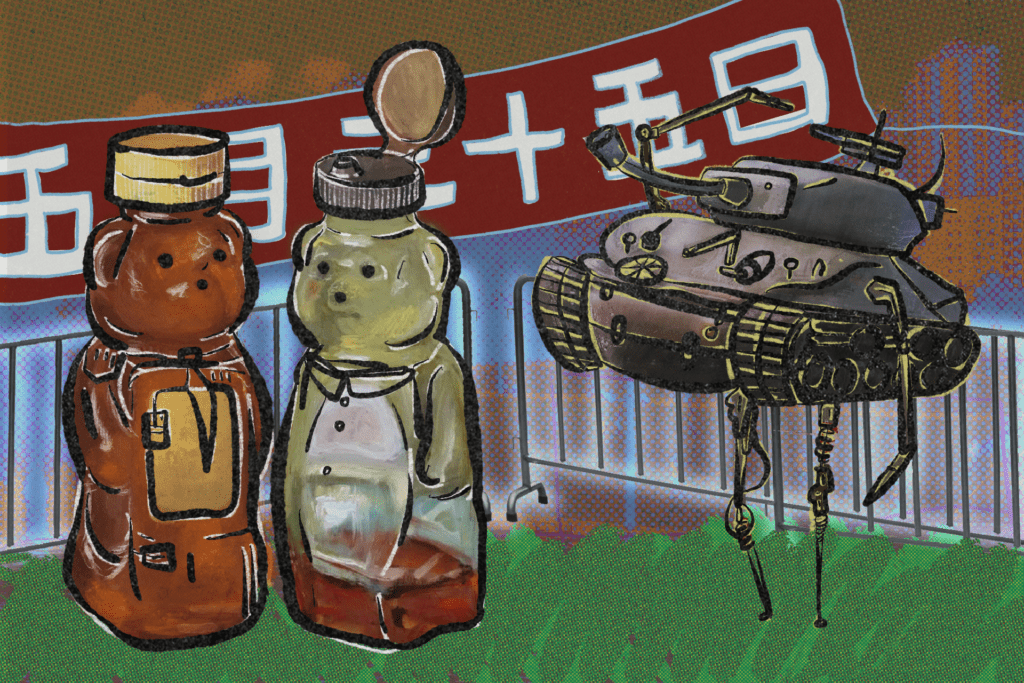
The workers who assembled outside Tiananmen Square had already abandoned their factories. For all that they spoke the language of the old workers’ movement, they stood and fought like we do: in the streets. They were the bridge between the world of the workers’ movement and the world we live in today and thus they faced the same revolutionary crisis we face.
2. Fighting anti-Asian violence cannot include apologism for the Chinese state
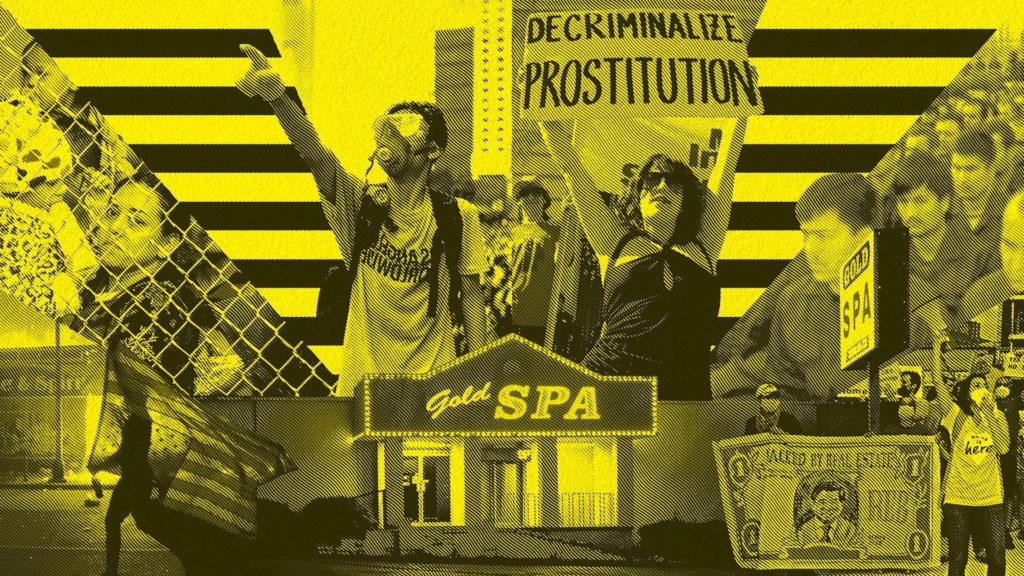
Asian diaspora liberals’ and conservatives’ demand for more policing and pro-CCP leftists’ uncritical defense of Chinese state violence can be seen as two sides of the same coin. In the wake of the Atlanta murders, this is not the time for unity: We must demarcate political lines within our communities to hold accountable Asians and Asian Americans (be they celebrity or business elites) who have upheld exploitative systems, and genocide deniers and other apologists of state terror, who value certain lives over other marginalized ones in our communities.
1. Anti-communism with Chinese characteristics
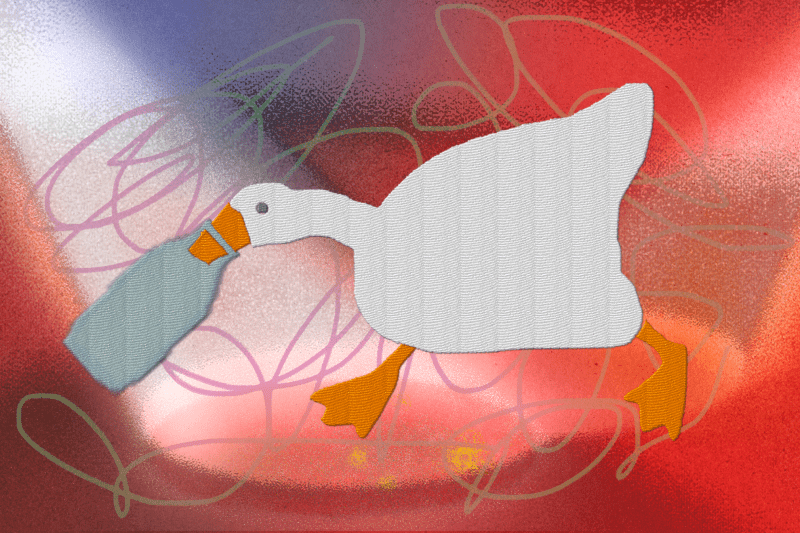
The story of [the CCP’s] transition—from international vanguard of the communist movement to key American Cold War ally and member of the World Trade Organization—is key to understanding the structure and maintenance of the modern capitalist system. Without this perspective, would-be leftists are left to wade through a reality composed of half-remembered slogans and the symbols of a world that died half a century ago, unable to see the actual structure of capital and empire that composes the American imperial system.
Read this article in Chinese.
